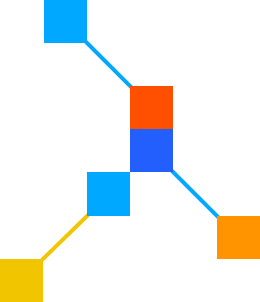Design & Reuse: Accelerating SoC Evolution With NoC Innovations Using NoC Tiling for AI and Machine Learning
, 2024年10月28日
A new trend is emerging in the design of high-end, multi-billion-transistor system-on-chip (SoC) devices. Referred to as “NoC tiling,” this evolutionary approach uses proven, robust network-on-chip (NoC) technology to facilitate scaling, condense design time, speed testing, and reduce risk.
Traditional NoC-Based SoC Design
NoCs are now employed in most of today’s leading SoCs. Traditional NoC-based SoC design commences by selecting a group of soft intellectual property (IP) cores, such as processors, accelerators, communications functions, memory, and more. Most of these soft IP cores are typically sourced from trusted third-party suppliers. This allows the design team to concentrate on developing their unique, proprietary IPs, which will set their SoC apart from competing products in the market.
All these soft IP cores are connected using a NoC, allowing each IP to transmit and receive packets of information from other IPs, including those communicating with the outside world. The interface to an IP is known as a socket. A network interface unit (NIU) connects an IP socket to the NoC and represents one of the most complex elements in the NoC structure.
The term “soft” in this context refers to the fact that the IPs, the NoC(s), and the NIUs are presented at the register transfer level (RTL). Eventually, a logic synthesis engine will process the entire SoC design. The resulting gate-level netlist will be handed over to the physical layout team for placement and routing.
To read the full article on Design & Reuse, click here.
